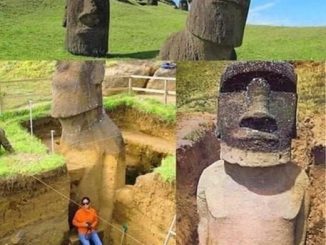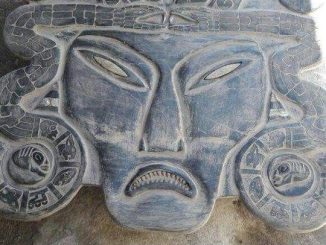China, Egypt and Mesopotamia are often considered the longest-lived civilizations, although there is debate over how to define them.
The Great Wall, a massive structure built in China more than 2,000 years ago. Photo: Britannica
World history has witnessed the rise and fall of many civilizations, some lasting only a few decades, others standing firm for centuries. However, finding out which civilization has existed the longest is not simple, IFL Science reported on August 7.
The main problem here is that modern historians cannot agree on some important things to answer this problem. For example, the definition of civilization, how to measure its beginning and end, and whether the period when civilization was ruled by outside forces is counted or not. Below are the civilizations that are said to have existed the longest in history, although the actual assessment is very complicated.
China
China has the world’s longest-lived written language. Experts estimate the language has been used for about 6,000 years. Surprisingly, some of the symbols used today on artefacts, such as inscriptions on animal bones containing content used in divination, have been around for at least 3,000 years. No other civilization has such strong continuity.
However, there is still much debate about whether modern China can be considered a continuation of ancient civilization or not? If so, China is more than 5,000 years old. A decades-long study conducted by the China Cultural Heritage Administration supports this. But not every historian agrees. First, this observation has important political value because it helps legitimize China’s current structure. Second, the country is so large and composed of so many different ethnic groups that it can hardly be considered a homogeneous group with the same culture and traditions.
Egypt
The Sphinx and the pyramid of Cheops, two of the symbols of ancient Egypt. Photo: Maksym Gorpenyuk/Shutterstock
Another prominent candidate for the title of “longest-lived civilization” could be ancient Egypt. Egypt was a vast kingdom in the ancient world, first unified around 3100 BC and lasting until 332 BC, when it was conquered by the Macedonians. Despite this political change, the language remained the same and Egyptian hieroglyphs continued to be used into the 5th century, 3,500 years after their introduction. Therefore, the actual existence time of ancient Egyptian civilization is also controversial.
Some people see ancient Egyptian religion as an expression of the civilization’s longevity, but it is also not a static cultural expression. Religion and its followers changed over time, eventually being replaced by Christianity in the 1st century.
Mesopotamia
The region in Southwest Asia that developed around the Tigris and Euphrates river systems is said to be the cradle of civilization. The name Mesopotamia comes from ancient Greek, meaning “land between two rivers”. This is where some of the most important advances in early human history occurred, such as the invention of the wheel, sailing, maps, writing, and mathematics.
Humans first settled here in the Paleolithic period, benefiting from the fertile land surrounding the river. About 12,000 years ago, residents brought this land into the Agricultural Revolution. Then, about 5,000 – 6,000 years ago, the urban revolution took place, larger cities began to form from many small villages. The first city was Uruk, which existed from about 3200 BC. Experts believe that Uruk was founded by the Sumerians. They are also recognized as the creators of the first written language.
The history of Mesopotamia is extensive and complex, experiencing many changes in ruling empires, including the Akkadian empire, the Gutians, Ur-Namma, the Babylonians, the Hittites, the Assyrians and the Persian empire. In 332 BC, Alexander the Great conquered this place. After his death, the area became part of the Greek Seleucid empire. In general, Mesopotamia can be considered to have a history as long as ancient Egypt, but it is difficult to determine whether this was a continuous period or a collection of different changes and cultures.





